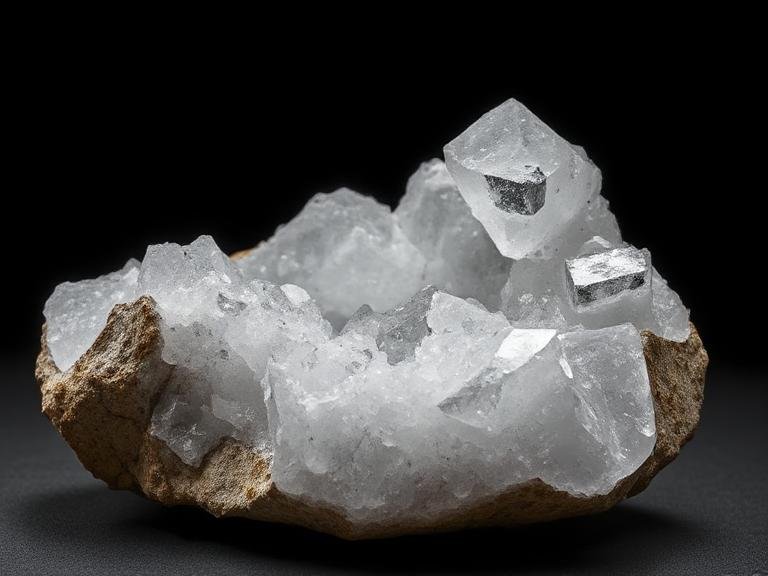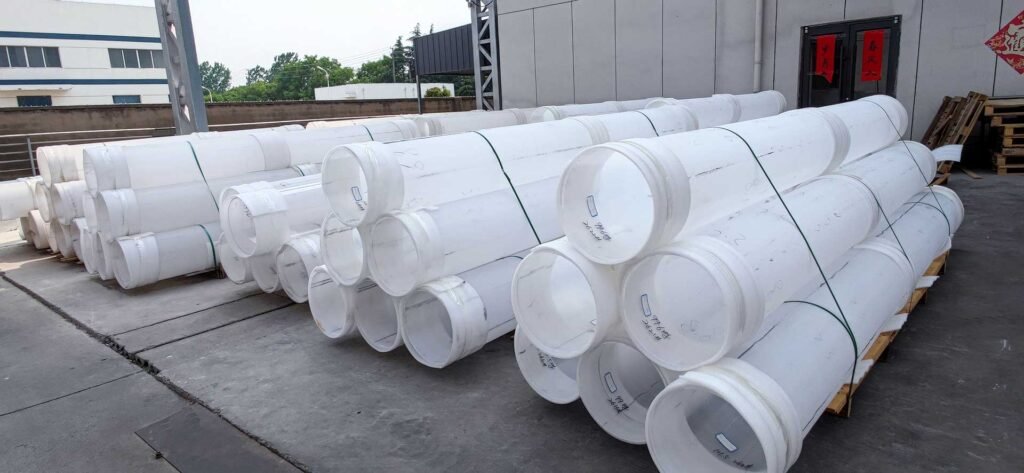Table of Contents
- Introduction
- What Is Quartz?
- How Quartz Is Formed in Nature
- Types of Quartz Formation
- How Synthetic Quartz Is Made
- Industrial Applications of Quartz
- About Jiurui Quartz Products Co., Ltd.
- Summary Table
Introduction
Quartz is one of the most abundant and versatile minerals found in the Earth’s crust. From sparkling gemstones to high-precision industrial components, quartz plays an essential role in geology, electronics, optics, and manufacturing. This article explores how quartz is formed, both naturally and synthetically, and highlights its key uses across various industries.

What Is Quartz?
Quartz is a crystalline mineral composed of silicon dioxide (SiO2). It forms when silicon and oxygen atoms bond in a continuous framework of SiO4 tetrahedra, creating a rigid three-dimensional structure. Quartz belongs to the trigonal crystal system and has a Mohs hardness of 7.
- Chemical Formula: SiO2
- Crystal System: Trigonal
- Hardness: 7 on Mohs scale
- Color Variants: Clear, white, purple (amethyst), pink (rose), yellow (citrine), and smoky
How Quartz Is Formed in Nature
Natural quartz forms when silicon and oxygen-rich fluids cool and crystallize. This process typically occurs in three primary geological environments:
1. Igneous Rocks
- Quartz crystallizes from molten magma as it cools.
- It is common in granite, rhyolite, and pegmatite.
2. Hydrothermal Veins
- Hot silica-rich water circulates through fractures in rocks.
- Quartz precipitates from the solution as the fluid cools or reacts with host rock.
3. Sedimentary Processes
- Quartz grains eroded from igneous rocks accumulate in sandstone and other sedimentary formations.
- Over time, these grains may be cemented with additional quartz material.
Types of Quartz Formation
1. Crystalline Quartz
- Grows slowly in open cavities over thousands to millions of years.
- Forms visible, well-shaped crystals such as amethyst and citrine.
2. Microcrystalline Quartz
- Composed of tiny interlocking crystals not visible to the naked eye.
- Examples include chalcedony, agate, and jasper.
3. Metamorphic Quartz
- Forms under high pressure and temperature during rock metamorphism.
- Common in quartzite, a metamorphosed form of sandstone.
How Synthetic Quartz Is Made
Industries often require flawless quartz for precision applications. Synthetic quartz is created using a hydrothermal growth process:
- A seed crystal is placed in an autoclave filled with water and silicon oxide.
- The chamber is heated to 300°C and pressurized to 1,000 atmospheres.
- Quartz slowly crystallizes around the seed in several weeks or months.
Advantages of Synthetic Quartz
- Purity: Free of natural inclusions and imperfections
- Consistency: Uniform crystal structure
- Precision: Ideal for semiconductors and optical components
Industrial Applications of Quartz
Quartz is used in a wide range of high-tech and everyday applications due to its thermal, chemical, and mechanical properties.
1. Electronics
- Quartz crystals regulate time in watches and clocks (piezoelectric property).
- Used in microchips, semiconductors, and solar cells.
2. Optics
- Quartz glass is transparent to UV and IR wavelengths.
- Used in lenses, lab equipment, and fiber optics.
3. Construction and Manufacturing
- Quartz sand is a raw material for glass and ceramics.
- Quartz fillers improve strength and resistance in composites.
About Jiurui Quartz Products Co., Ltd.

Established in 2010, Jiurui Quartz Products Co., Ltd. is a top-tier manufacturer of quartz glass components for high-temperature and high-purity applications. With over 15 years of experience, Jiurui serves clients in research, semiconductor, and industrial sectors worldwide.
Key Product Offerings
- Quartz Tubes & Rods: Ideal for lab and industrial heating systems
- Quartz Plates & Discs: High-precision optics and UV sterilization
- Quartz Flanges & Joints: Leak-free connections for vacuum systems
- Quartz Laboratory Ware: Crucibles, beakers, and reaction vessels
- Custom Quartz Components: Fabricated to meet JGS1, JGS2 (UV), and JGS3 (IR) standards
On sale products
Summary Table
| Aspect | Details |
|---|---|
| Composition | Silicon dioxide (SiO2) |
| Natural Formation | Igneous cooling, hydrothermal veins, sedimentary deposits |
| Synthetic Formation | Hydrothermal process in autoclaves |
| Crystal Types | Crystalline, microcrystalline, metamorphic |
| Industrial Uses | Electronics, optics, labware, semiconductors |
| Key Manufacturer | Jiurui Quartz Products Co., Ltd. |
| Key Products | Quartz rods, tubes, plates, labware, custom parts |
Conclusion: Whether formed deep within the Earth or synthesized for precision, quartz is a cornerstone of science and industry. With companies like Jiurui Quartz leading the way in material innovation, the potential applications of quartz continue to expand into new technological frontiers.




